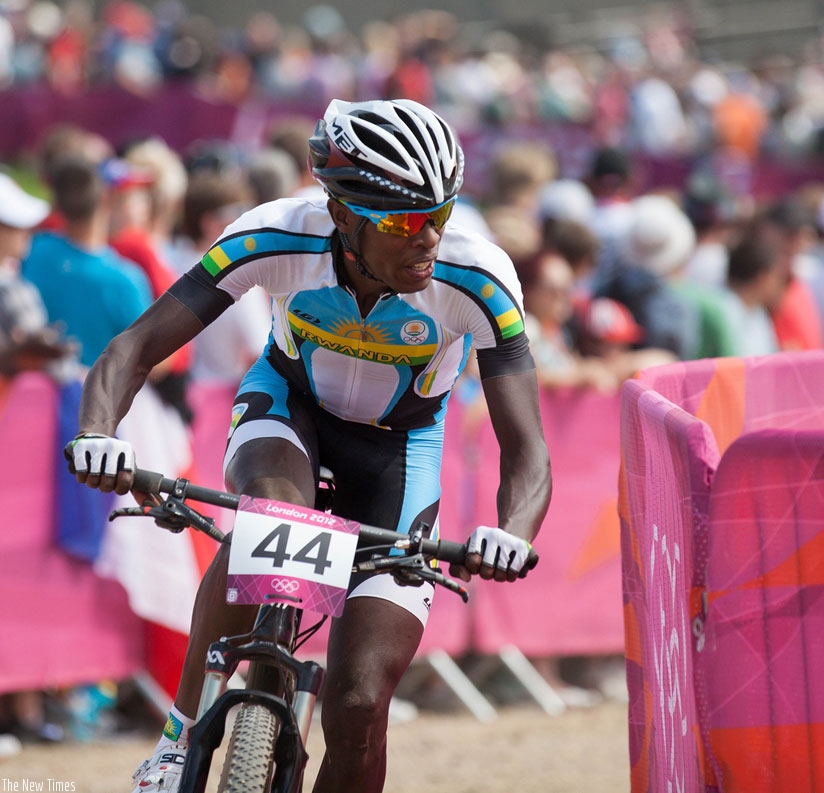In less than a month, Adrien Niyonshuti will be competing at the 2016 Rio Olympic Games in the road race cycling competition scheduled for August 6 at the famous Copacabana beach, Brazil.


In less than a month, Adrien Niyonshuti will be competing at the 2016 Rio Olympic Games in the road race cycling competition scheduled for August 6 at the famous Copacabana beach, Brazil.
The 29-year-old, who races for South Africa-based Pro-cycling club Dimension Data, recently sparked a media debate as to why he was selected in favour of the likes of Janvier Hadi, who had initially been announced as the qualified rider, Valens Ndayisenga and Jean Bosco Nsengimana.
In an interview with The New Times, the Africa Rising Cycling Center (ARCC) technical director, Jonathan ‘Jock’ Boyer, said the decision was carefully considered by ARCC on request of the Rwanda Cycling Federation (FERWACY) and National Olympic and Sports Committee (RNOSC).
"We gave them the analyzed statistical data so that they can make an informed decision. We only want the best rider to represent Rwanda in the best way possible,” Boyer said.
After winning gold at the 2015 All African Games in Congo Brazzaville, Hadi, 25, was seen as the favourite to represent Rwanda in Rio. Boyer, who has been at the fore-front of grooming Team Rwanda cyclists went on to explain that Hadi and his four minute fitness test level to the optimum was not the best.
ARCC compiled data received from Dimension Data (Adrien) and Stradalli–Bike (Hadi).
"Our job was to determine the rider with the best optimum time level, but not to be involved in the selection process. While analyzing the data, we also put in consideration what is best for, a rider who can do a half race or one who can finish the race and with higher chances to do well,” Boyer explained.
Individual ability
To determine the ability of each rider, the key facts considered by ARCC include, data from the fitness tests, a balance of points (abilities)- in brief each rider’s individual weaknesses and strengths.
Individual data assessment
Nsengimana: It was very evident that the 2015 Tour of Rwanda champion would not be able to race the Olympic distance (250km), and it was evident that he was uncomfortable within the Olympic pack, says Boyer.
The report from his team; Stradalli–Bike, shows he was always at the back regardless of his performance and sometimes, he could not finish races.
Hadi: Boyer says he has issues with finishing the race within the peloton; his performance level does not match that of Niyonshuti even though he has the ability. He would struggle to finish the 250km-Olympic race, yet Rwanda needs a rider, who could finish the race.
Ndayisenga: His report from Dimension Data shows the 2014 Tour of Rwanda winner has the ability to finish the Olympic race, but has weaknesses with his technical abilities.
Niyonshuti: Has vast experience in competing in similar races (250km road race distance). This, according to the report by ARCC, gives him advantage over the others because he will be racing with riders that he is familiar with.
It will also be his second Olympic following his debut in London four years ago, albeit competing in the Mountain Bike category, where he made history by becoming the first black to compete in the Olympics Mt. Bike race.
editorial@newtimes.co.rw


